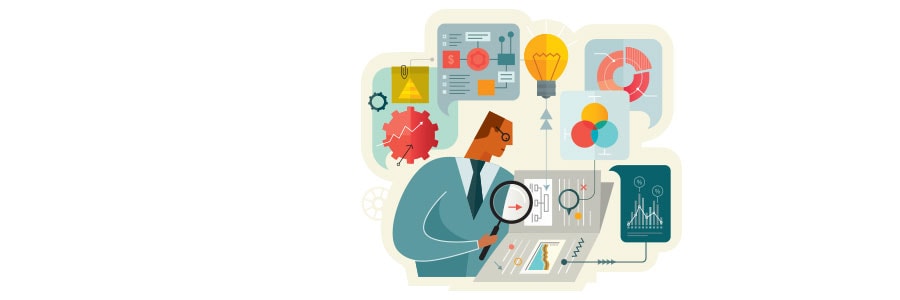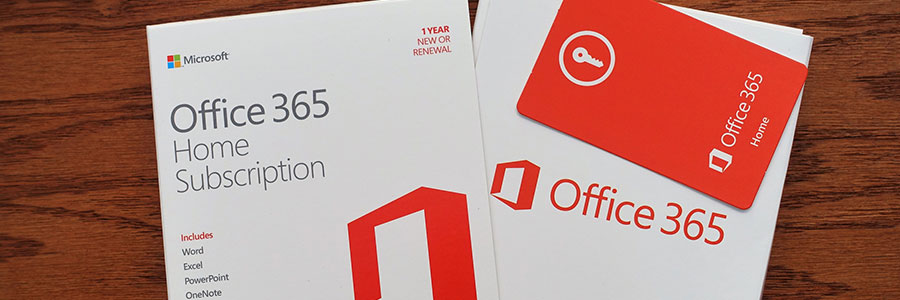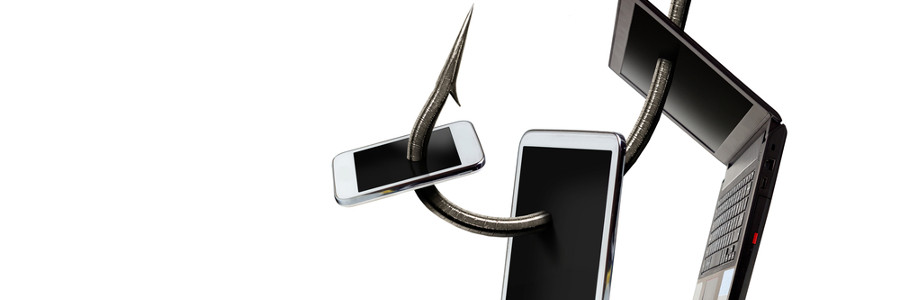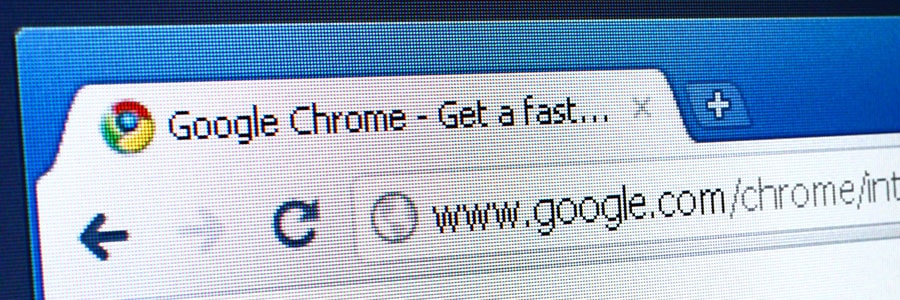When it comes to cyberattacks, most business owners get hung up on the technical and logistical details, forgetting another important aspect: motive. Why are hackers attacking people and organizations? And whom are they targeting? By answering these questions, you’ll have a better understanding of which of your business’s resources need the most protection.
Don’t let hackers fool you with these tricks
5 Cybersecurity measures anyone can master
4 Security risks of the BYOD strategy

Taking work home, or practically anywhere, has never been easier. The bring your own device (BYOD) strategy has become a popular approach for many businesses to conduct work more efficiently and flexibly. But this strategy is not without risks. BYOD, if not implemented correctly, can make your system susceptible to a number of attacks.
Spectre makes a comeback
IT policies to protect your business

Employees are one of your biggest security holes. There is no foolproof prevention method for human error, which is why employee mistakes are one of the most common causes of a security breach. To reduce potential risks, we’ve suggested a few IT policies you should implement to protect your business.
Consider the security risks of your software

Cybersecurity is an issue that hounds businesses of all types. Sometimes organizations invest in security software without realizing the risks that come with it. Here’s why identifying threats before buying cybersecurity products is paramount.
Uncover threats and vulnerabilities
Every business should evaluate the current state of its cybersecurity by running a risk assessment.
Router malware worse than experts realize

In May, security experts discovered one of the most widespread malware infections in history. Now, they’re warning businesses and consumers that it’s even worse than their first assessment. The VPNFilter malware poses a threat to small businesses and requires immediate attention from anyone who hasn’t taken action against it.
Chrome to mark HTTP as ‘not secure’
Flash to be stopped in Office 365

If you are one of the few Office 365 users who embeds Silverlight, Shockwave, or Flash content in your documents, your pastime will soon be a thing of the past. Over a week ago, Microsoft announced that Office 365 would completely block said media by January 2019.
Microsoft recently announced plans to eventually stop the activation of Silverlight, Shockwave, and Flash content in Office 365. This is not just the developers disabling bugs with an option to click a link or button to look at content.





